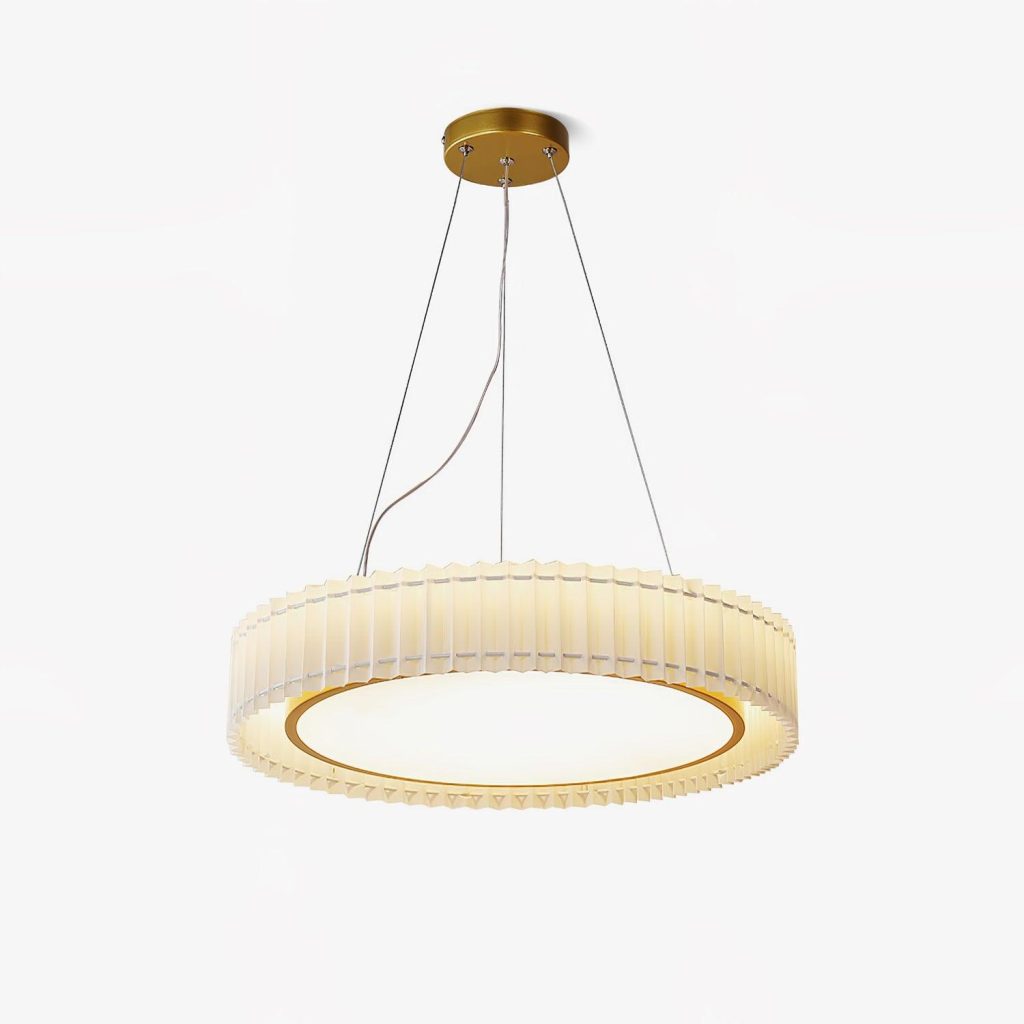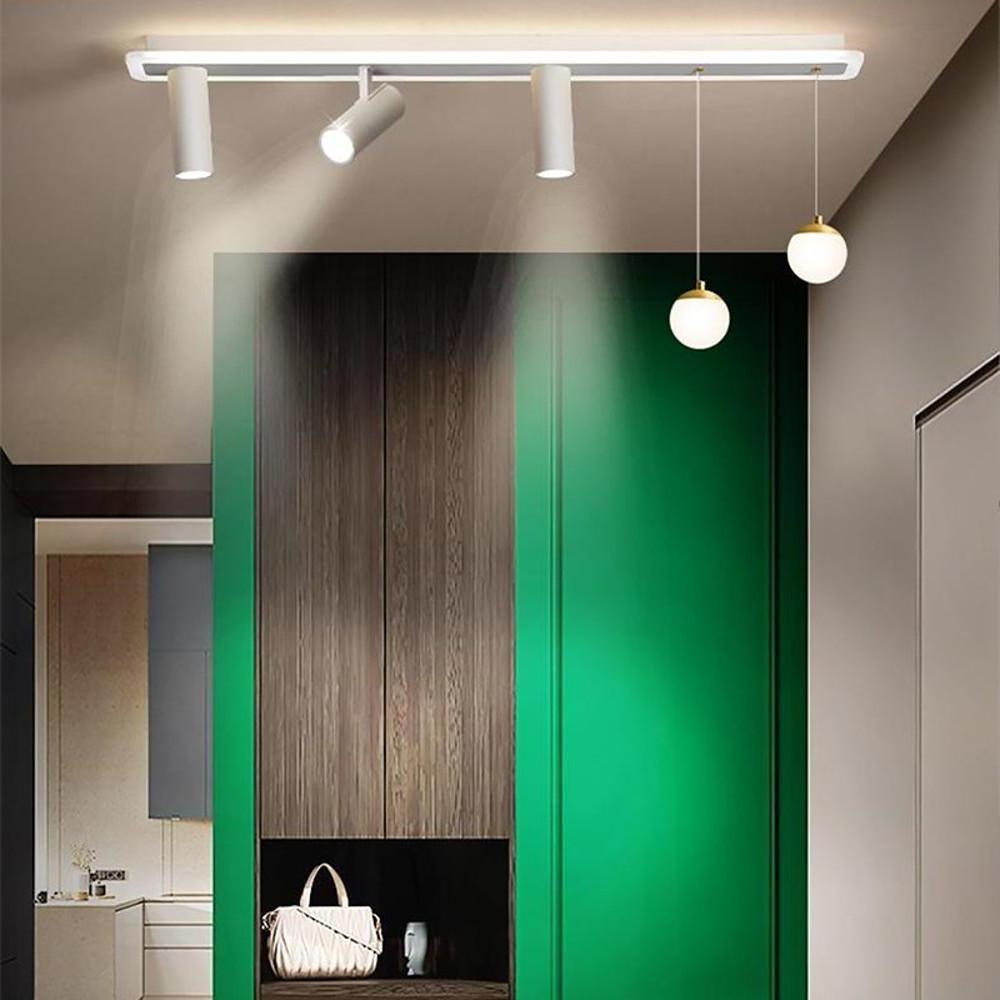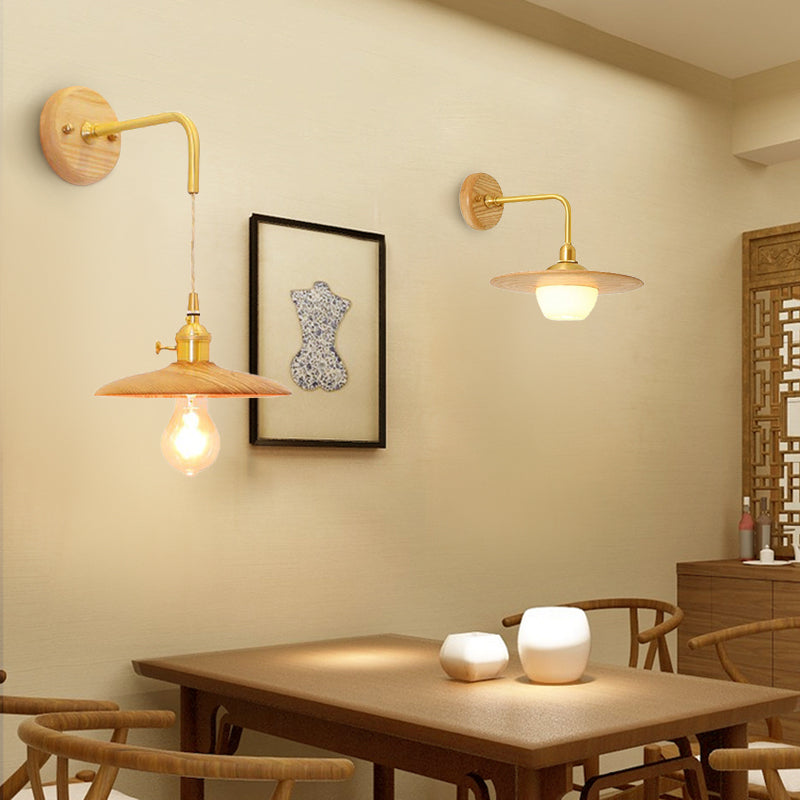Lighting in Home Decoration: A Comprehensive Guide to Choosing and Installing Fixtures

Lighting is a crucial element in home decoration, influencing not only the ambiance and aesthetic appeal of a space but also the convenience and comfort of daily life. Beyond overall lighting layout design, selecting the right fixtures is equally important.
However, the sheer variety of lighting fixtures on the market can be overwhelming. What’s the difference between ceiling lights and chandeliers? What should you consider when installing different fixtures? How do you choose the best lighting for each room? This guide will help you understand, select, and install the ideal lighting fixtures to create a perfect home environment.
Ceiling Lights, Chandeliers, Spotlights & Wall Lights: A Detailed Overview
Let’s explore four common types of lighting fixtures: ceiling lights, chandeliers, spotlights, and wall lights.
Ceiling Lights
Ceiling lights are mounted directly against the ceiling, with their base fully attached to the surface.

Pros:
Even light distribution.
Easy installation, maintenance, and cleaning.
Space-saving design, ideal for small rooms or low ceilings.
Cost-effective.
Cons:
Less decorative compared to other fixtures.
Cannot be installed on flammable materials (fire hazard).
Chandeliers
Chandeliers hang from the ceiling via chains, cords, or metal rods, often used in living rooms or dining areas with higher ceilings.

Pros:
Highly decorative, available in diverse styles.
Multi-bulb designs enhance layered lighting.
Cons:
Complex installation and higher cost.
Require sufficient ceiling height to avoid a cramped feel.
Difficult to clean and maintain.
Spotlights
Spotlights provide directional lighting, ideal for highlighting specific areas like artwork, cabinets, or architectural features.

Pros:
Focused illumination for accentuating decor.
Compact and flexible (recessed, surface-mounted, or adjustable).
Cons:
Limited coverage; not suitable as primary light sources.
Wall Lights
Mounted on walls, wall lights serve as supplementary lighting in bedrooms, hallways, or corridors.

Pros:
Versatile styles for both function and decoration.
Space-efficient, freeing up floor and ceiling areas.
Cons:
Weak illumination; only suitable as secondary lighting.
Installation Tips for Ceiling Lights, Chandeliers, Spotlights & Wall Lights
Understanding each fixture’s characteristics is key, but proper installation ensures safety, functionality, and aesthetics.
Ceiling Lights
Check Ceiling Load Capacity: Even lightweight fixtures may require reinforced ceilings (e.g., non-stone/brick structures).
Height Adjustment: Maintain a height of 2.2–3 meters from the floor to avoid visual pressure.
Chandeliers
Confirm Ceiling Strength: Heavy or multi-tiered chandeliers may need additional support.
Hanging Height:
Living rooms: At least 2.2 meters from the floor.
Dining areas: 60–80 cm above the table (total height: 130–150 cm). Adjust based on room dimensions.
Spotlights
Pre-Wiring: For recessed designs, pre-install wiring during renovation.
Positioning: Plan angles to avoid glare and ensure light hits target areas.
Track Lighting: Install tracks 30 cm away from walls for optimal coverage.
Wall Lights
Mounting Height: 1.5–1.8 meters above the floor for balanced illumination.
Wall Stability: Ensure walls can bear the fixture’s weight.
Wire Concealment: Hide wires for safety and visual appeal.
Final Thoughts
Each lighting type has unique installation requirements. Prioritize safety, aesthetics, and practicality to create a comfortable and functional home. By combining the right fixtures with thoughtful placement, you’ll transform your space into a well-lit sanctuary tailored to your lifestyle.
